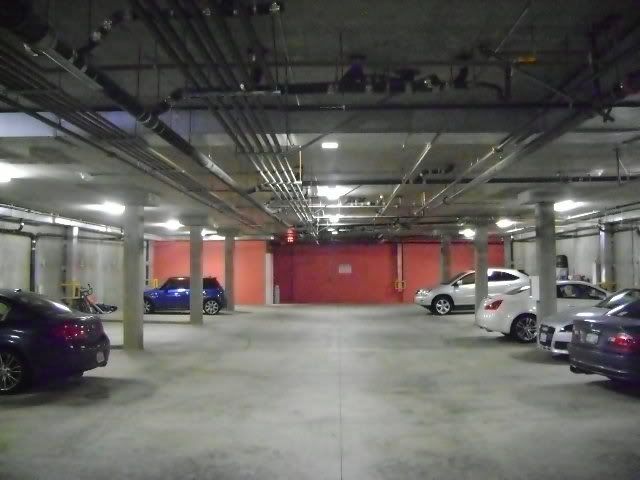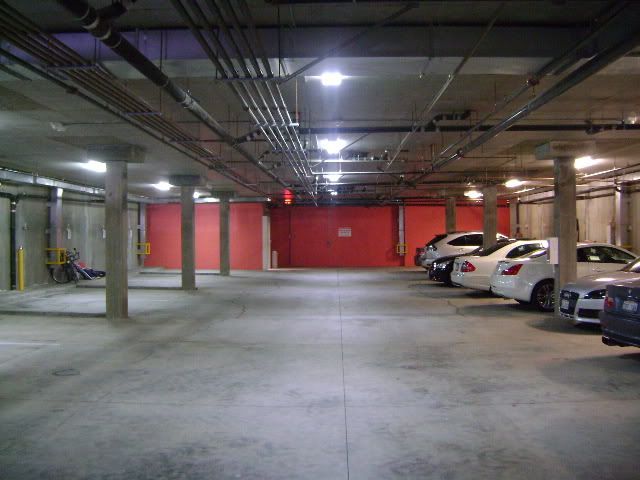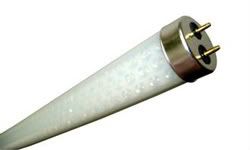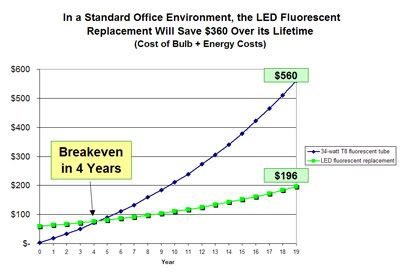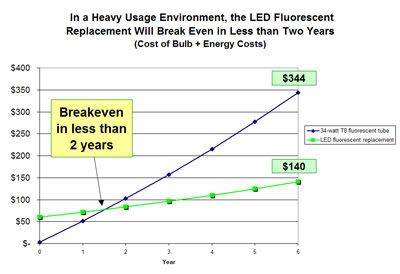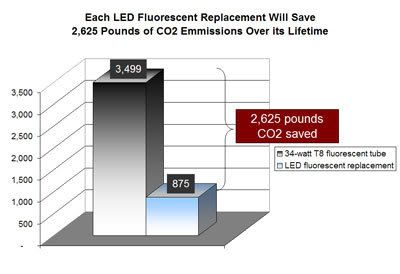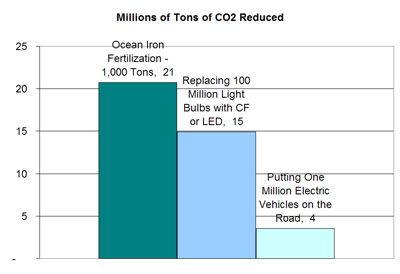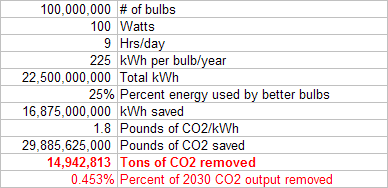Here at the offices of
Go Green Solutions we've been doing some research into the Asian perspective on global sustainability. Since this issue is going to take a global effort it's vital to know the perspective from the other side of the Pacific. Here's a summary of our thoughts:
Overview:- China is awakening to the importance of a sustainable economy. But it seems spurred on mostly by local pollution and the goal of energy independence. Global warming is a newer concern, but a major one given its growth and coal reserves. China seems to be waiting for America to take the lead.
- India’s priority is ensuring high economic growth and raising living standards. And while it understands that global warming is a vital issue, it’s projected CO2 emissions in 2030 still won’t approach those of Europe, the U.S., or China (see image below from the Economist). It therefore feels the wealthier countries must take the lead.
- Japan has been a leader in the sustainability movement for a while. Their solar industry is 3rd in the world. They are looking to export their ideas and technology to other countries, such as China.
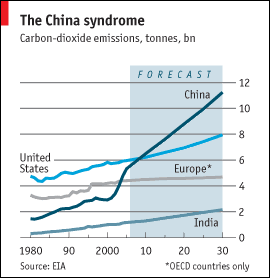
ChinaChina may be the biggest enigma in the environmental issue right now, and the most important. Three facts jump out at you:
1. During the past four years both China's GDP and its energy consumption have grown at an average of 11% a year
2. China has just passed the United States as the world’s biggest emitter of carbon dioxide. By 2030 it is projected to emit almost as much as the United States and Europe combined. (Economist, June 5th 2008)
3. China is now bringing 2 full-scale coal plants online every week
Reasons for China to Act SustainablyChina has massive incentives to act. Local pollution caused by acid rain, sulphur dioxide and wastewater is a large and dangerous problem. “Acid rain affects a third of China's land and hundreds of thousands of people die from pollution-related cancer every year” (
Economist, June 5th, 2008)
China also needs to protect itself against supply shocks. It doesn’t have the necessary military power to protect shipping lanes that bring the oil needed for its transportation industry, so energy independence is a key factor.
Both local pollution and energy security can be solved by renewable energy, which coincidentally addresses the larger issue of global warming. It is unclear whether China’s commitment to fighting global warming is because of a long-term view or because of these two more immediate issues. The
Economist discussed China’s push into renewables: “China is making considerable efforts to boost the amount of energy produced by non-fossil fuels. By 2020 the aim is to generate 15% of energy from renewable sources, up from around 7% in 2005. This is a big step up from the previous goal of 10% by 2020. China's investment in renewable energy last year, about $10 billion, was second only to Germany's.”
The Mood From the People and the GovernmentAccording to the
Economist article mentioned above, “China is looking to America for its cue. If America commits itself to carbon cuts, China will feel obliged to make some kind of promise too.”
Another
article on Chinadialogue.net discusses the fact that China’s former vice-premier, Jiang Chunyun wrote two books on the environment: China’s Ecology: Evolution and Management (2005), and Paying Back Environmental Debts – Explorations in Man-Nature Harmony (2008). The fact that such an influential government official is addressing the issue head-on demonstrates its increasing importance. The article states that “environmental awareness in China – by the government and the people alike -- has moved from an awakening to vigorous growth."
Next month’s Olympic games in Beijing claim to be the first carbon-neutral summer games (or the first at least since oil-skinned ancient Greeks flung discuses and javelins in Mt. Olympus shadow with nary an automobile or coal plant in sight). They will “involve solar power aplenty, tree-planting, banning many cars from the streets and ‘reducing emissions from enterprises’ (temporarily shutting many of them down, presumably). The games, say officials, will produce 1.18m tonnes of CO2 and the countermeasures will save 1.03-1.30m tones” (
Economist)
IndiaIndia just released their country’s
National Action Plan on Climate Change (NAPCC) on June 30th, 2008. The plan addresses eight priority National Missions:
1. Solar Energy
2. Enhanced Energy Efficiency
3. Sustainable Habitat
4. Conserving Water
5. Sustaining the Himalayan Ecosystem
6. A “Green India”
7. Sustainable Agriculture
8. Strategic Knowledge Platform for Climate Change
Prime Minister Manmohan Singh said of the plan: “[it] identifies measures that promote our development objectives while also yielding co-benefits for addressing climate change effectively.”
In a revealing line the report says these national measures would be more successful with assistance from developed countries and pledges that India’s per capita greenhouse gas emissions “will at no point exceed that of developed countries even as we pursue our development objectives.”
This has been viewed as a savvy way of reminding the world’s richer countries that they can only control India’s carbon emissions by first reducing their own.
And according to the Economist article: “a senior official in the foreign ministry characterizes America's line as: ‘Guys with gross obesity telling guys just emerging from emaciation to go on a major diet.’”
India does not view itself as a main culprit in global warming, and it’s right to a large extent. It takes the issue seriously and wants to improve sustainability, but its main focus is on economic growth and living standards, and it too is waiting for the U.S. and other wealthy nations to take the lead.
JapanJapan has long been a leader in the environmental movement:
- With companies such as Sanyo Electric and Sharp leading the way, Japan joins Germany and Spain as the largest solar markets in the world, larger than the U.S.
- The automobile industry has led the way with innovations in hybrid technology, and as a result the Toyota Prius is the top-selling hybrid in the world
- Its Renewable Portfolio Standard law from April 2003 requires electric power companies to use new energy sources, including wind power and solar
- Japan's energy efficiency is the highest in the world, according to a speech by its Prime Minister, Yasuo Fukuda
Japan’s efforts on sustainability have been prescient and it now sees an opportunity in marketing its green technologies and developments worldwide.
In a speech in January, Japan’s Prime Minister Yasuo Fukuda discussed his ambition to lead the world in efforts to cut greenhouse gas emission using Japan's advanced technology on clean energy and energy efficiency. He proposed a "low-carbon society" as a model for the world and said his government plans to establish a "financial mechanism" to encourage developing countries to adopt measures against global warming.
In May this year Japan and China issued a joint statement on protecting the Asian economy that included, among other things, an agreement on the need for all major economies to address climate change. One step they’ve already taken toward that goal is the Sino-Japan Friendship Center for Environmental Protection in Beijing, an 11-story building partially funded by the Japanese government. It monitors pollution and conducts research on new environmental technologies.


